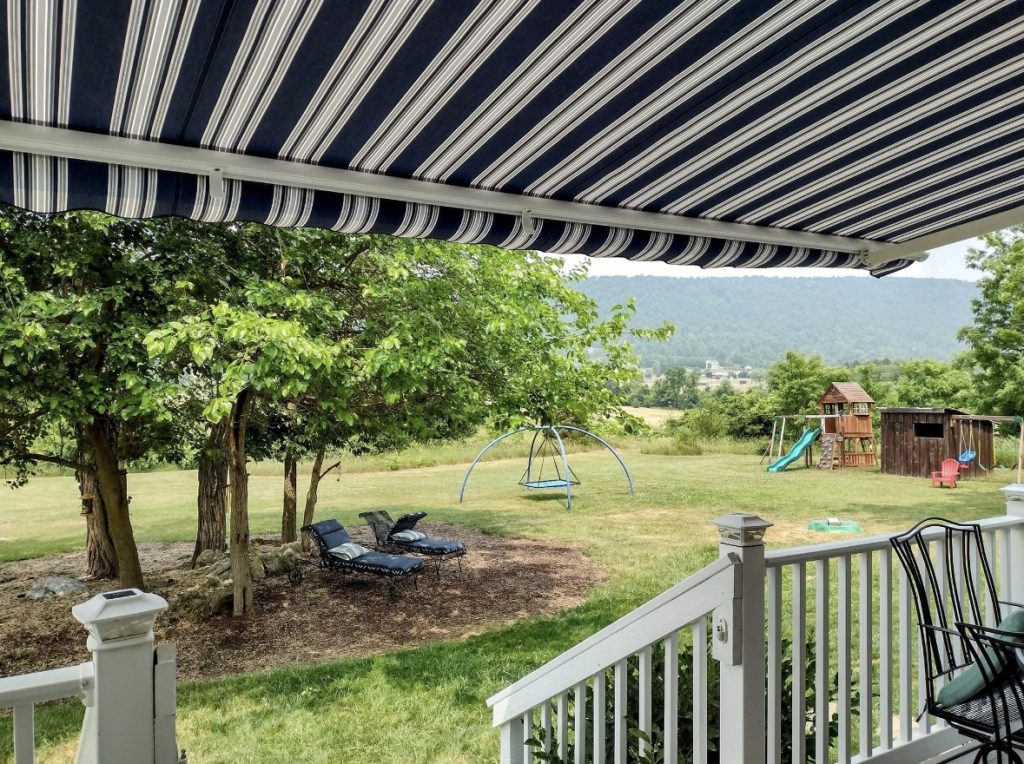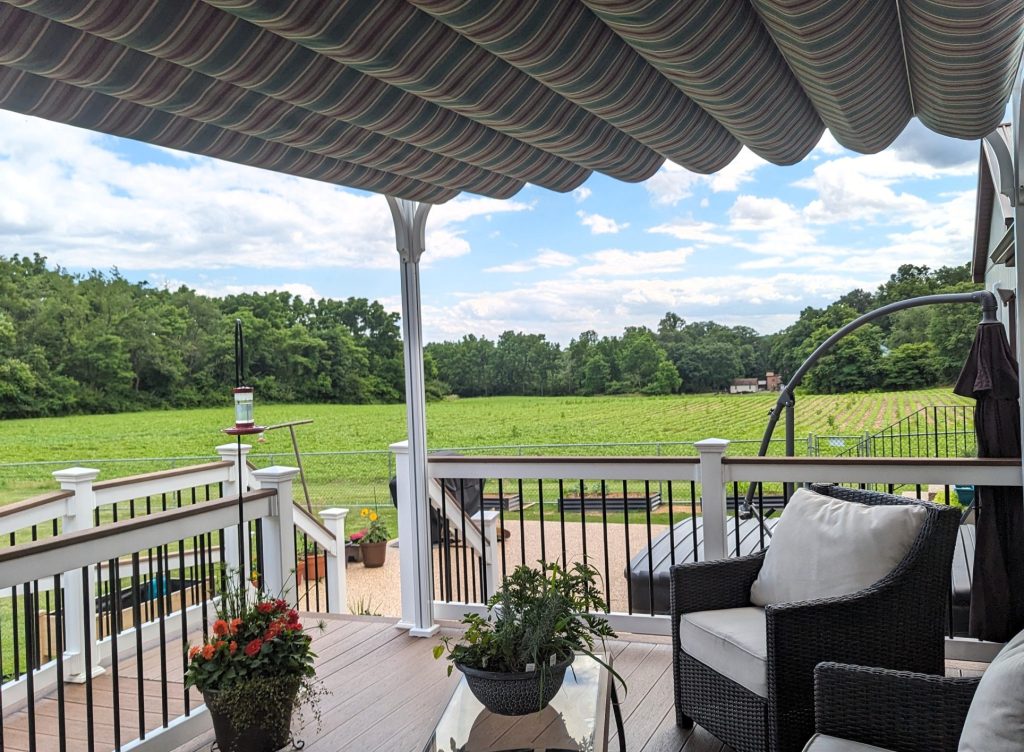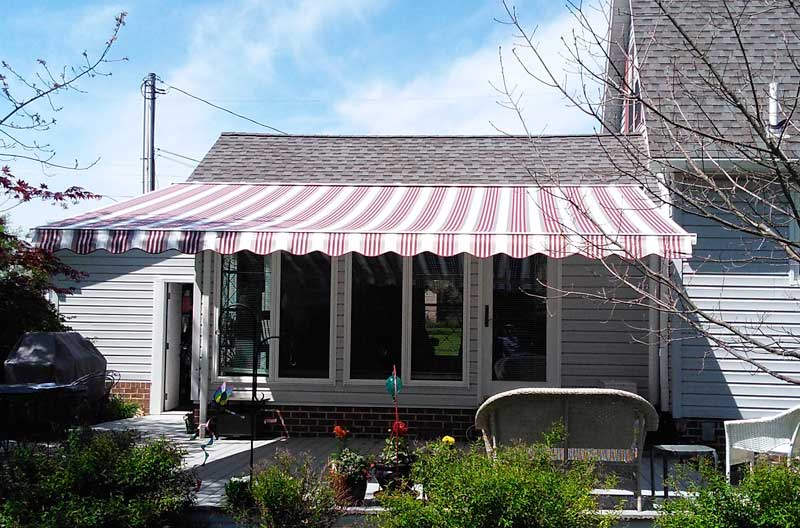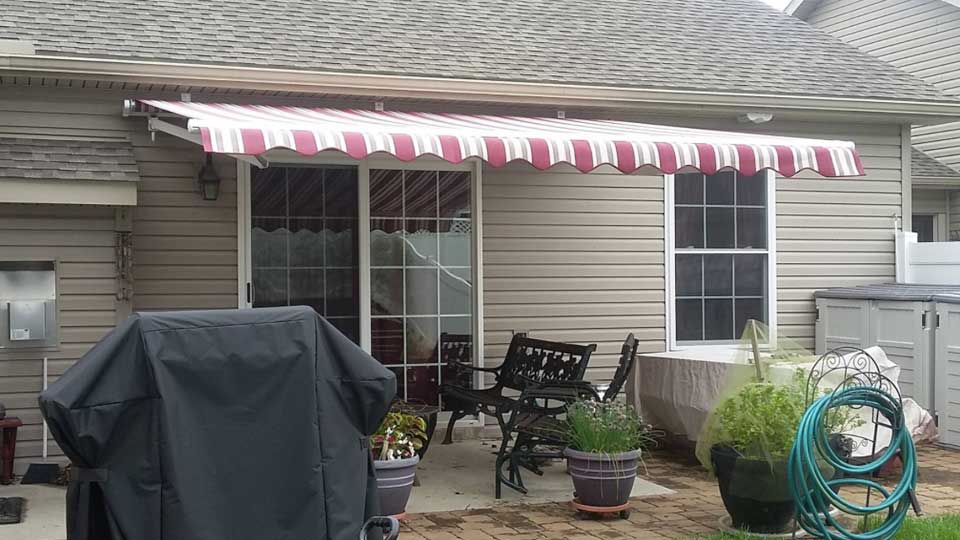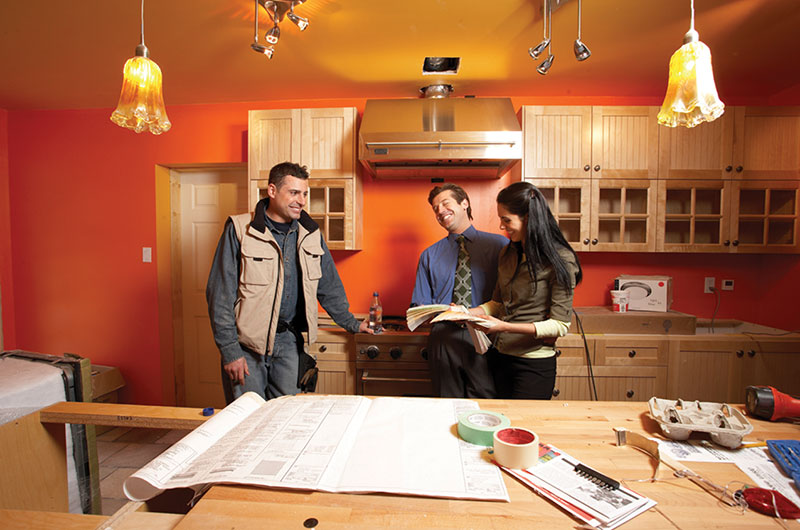How to Make Your Awning Installation a Success
There are many benefits to adding a retractable awning to your home. Having an awning adds to the existing value of your home and creates an appealing and comfortable outdoor environment your family and friends can enjoy. Choosing the right type of awning can easily reduce home energy costs by shielding your home from the […]
How to Make Your Awning Installation a Success Read More »

